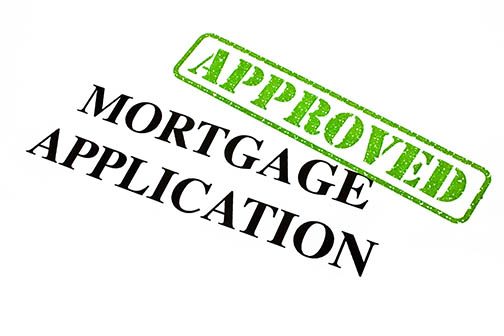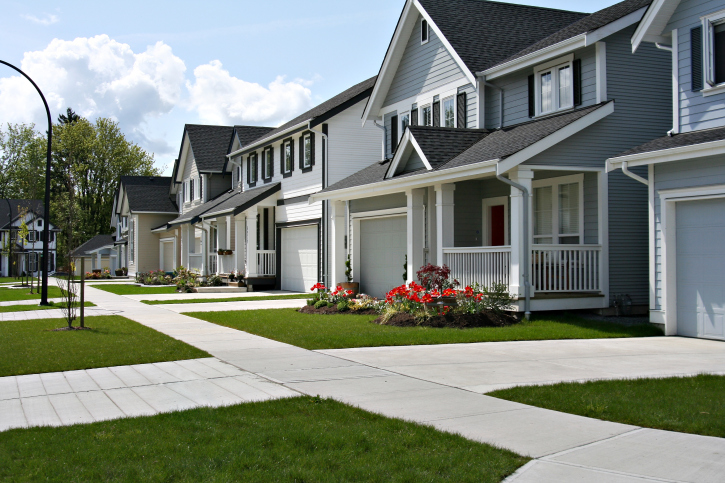 Last week’s economic news included several good signs for U.S. Labor Markets with higher than expected readings for private and public sector job creation. The Federal Reserve announced its decision not to raise the target federal funds range, and inflation rose. Mortgage rates held steady and pending home sales rose.
Last week’s economic news included several good signs for U.S. Labor Markets with higher than expected readings for private and public sector job creation. The Federal Reserve announced its decision not to raise the target federal funds range, and inflation rose. Mortgage rates held steady and pending home sales rose.
Private and Public Sector Jobs Post Unexpected Gains
ADP, which tracks private-sector job growth, showed a gain of 246,000 jobs in January against expectations of 168,000 new jobs and December’s reading of 151,000 private sector jobs created. Analysts said 208,000 of jobs added were service-related jobs. January’s Non-Farm Payrolls, which is issued by the Labor Department and includes private and public sector jobs, also posted higher than expected job gains with 227,000 new jobs in January as compared to 197,000 new jobs expected and December’s reading of 157,000 new jobs. Retail, construction, financial and restaurant industries led job growth. The jump in construction hiring could indicate that home builders will expand construction in an effort to ease short inventories of homes for sale.
The national unemployment rate rose to 4.70 percent in January and matched analysts’ expectations based on December’s reading of 4.60 percent. New jobless claims were lower than expected with a reading of 246,000 new claims against expectations of 254,000 new claims and the prior week’s reading of 260,000 initial jobless claims.
Mortgage Rates Little Changed; Pending Home Sales Up
Freddie Mac reported little change in mortgage rates last week. Interest rates for 30-year fixed rate mortgages averaged 4.19 percent and were unchanged from the prior week. Rates for 15-year fixed rate mortgages rose by one basis point to 3.41 percent and the average rate for a 5/1 adjustable rate mortgage rose three basis points to 3.23 percent. Discount points averaged 0.50 percent for fixed rate mortgages and 0.40 percent for 5/1 adjustable rate mortgages.
In related news, the Federal Reserve’s Federal Open Market Committee decided not to rate the Fed’s target rate that is currently 0.50 to 0.75 percent. Fed benchmarks for the economy include an unemployment rate of 5.00 percent or lower, but the annual growth inflation benchmark of 2.00 percent has not been met. January’s inflation rate rose by 0.10 percent above December’s reading of 0.0 percent.
Pending home sales increased in January with an increase of 1.60 percent; this exceeded December’s negative reading of -2.50 percent in December. Analysts said that the growth in pending home sales, which represents sales under contract that have not closed, reflects ongoing high demand for homes. Pending sales also suggest future volume for completed sales and mortgages.
Consumer confidence lagged in January to an index reading of 111.80 as compared to an expected reading of 112.90 and December’s reading of 113.30. December’s reading was the highest in 15 years. Analysts cited post-election uncertainty as contributing to consumer concerns.
What‘s Ahead
This week’s scheduled economic reports include weekly releases on mortgage rates and new jobless claims along with readings on job openings and consumer sentiment.
 Winter may be a time for nesting until the cold weather abates, but there are a number of important tasks that a homeowner should be sure to do during the winter months. If you’re readying for the slow season or wondering what you might have forgotten, here are some things you’ll want to check off your to-do list.
Winter may be a time for nesting until the cold weather abates, but there are a number of important tasks that a homeowner should be sure to do during the winter months. If you’re readying for the slow season or wondering what you might have forgotten, here are some things you’ll want to check off your to-do list. Whether they’re found online or heard from family and friends, there are so many mortgage tips out there that it can be hard to know exactly how to proceed. But, if you’re new to the market, there are a few surefire things you can do to get a mortgage rate you’ll feel good about. For some of the best tips on getting a great loan, look no further than the following.
Whether they’re found online or heard from family and friends, there are so many mortgage tips out there that it can be hard to know exactly how to proceed. But, if you’re new to the market, there are a few surefire things you can do to get a mortgage rate you’ll feel good about. For some of the best tips on getting a great loan, look no further than the following. November home prices grew by 5.60 percent year-over-year on a seasonally adjusted basis according to Case-Shiller’s reading on National Home Prices. National average home prices rose 0.80 percent from October to November. Case-Shiller’s 20-City home price index revealed that the West and Mountain regions continue to hold the top three growth rates for home prices. Seattle posted a seasonally adjusted growth rate of 10.40 percent which was closely followed by Portland, Oregon’s year-over year average home price gain of 10.10 percent. Denver rounded out the top three home price growth rates included in the 20-CityiIndex with a year-over-year gain of 8.70 percent.
November home prices grew by 5.60 percent year-over-year on a seasonally adjusted basis according to Case-Shiller’s reading on National Home Prices. National average home prices rose 0.80 percent from October to November. Case-Shiller’s 20-City home price index revealed that the West and Mountain regions continue to hold the top three growth rates for home prices. Seattle posted a seasonally adjusted growth rate of 10.40 percent which was closely followed by Portland, Oregon’s year-over year average home price gain of 10.10 percent. Denver rounded out the top three home price growth rates included in the 20-CityiIndex with a year-over-year gain of 8.70 percent. With all of the home renovation and fixer-upper shows on television, the idea of completely renovating and re-doing an old home can seem like an enticing premise. Unfortunately, investing in the wrong fixer-upper can mean an awful lot of expenditure without the added financial rewards. Whether you’re considering investing down the road or are ready to dive in, here are a few things to consider first.
With all of the home renovation and fixer-upper shows on television, the idea of completely renovating and re-doing an old home can seem like an enticing premise. Unfortunately, investing in the wrong fixer-upper can mean an awful lot of expenditure without the added financial rewards. Whether you’re considering investing down the road or are ready to dive in, here are a few things to consider first. Last week’s economic news included readings on new and existing home sales and mortgage rates. Also released were reports on new jobless claims and consumer sentiment.
Last week’s economic news included readings on new and existing home sales and mortgage rates. Also released were reports on new jobless claims and consumer sentiment.